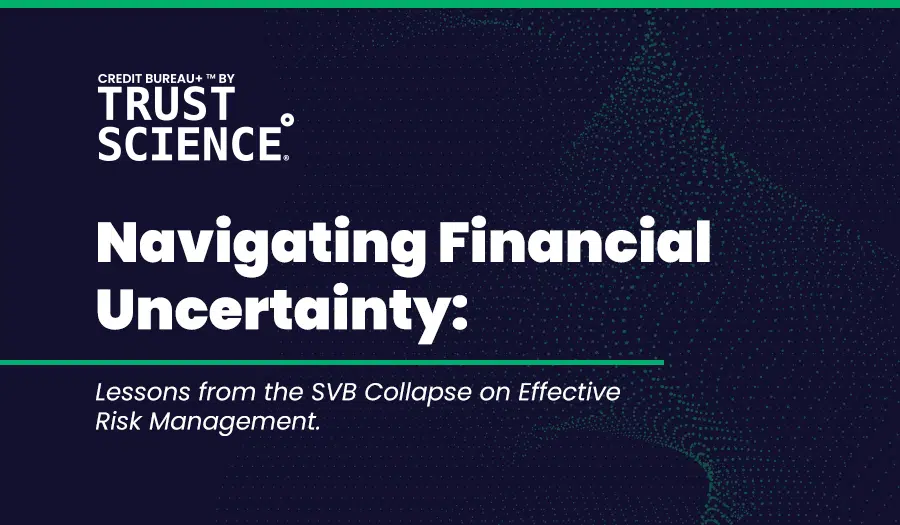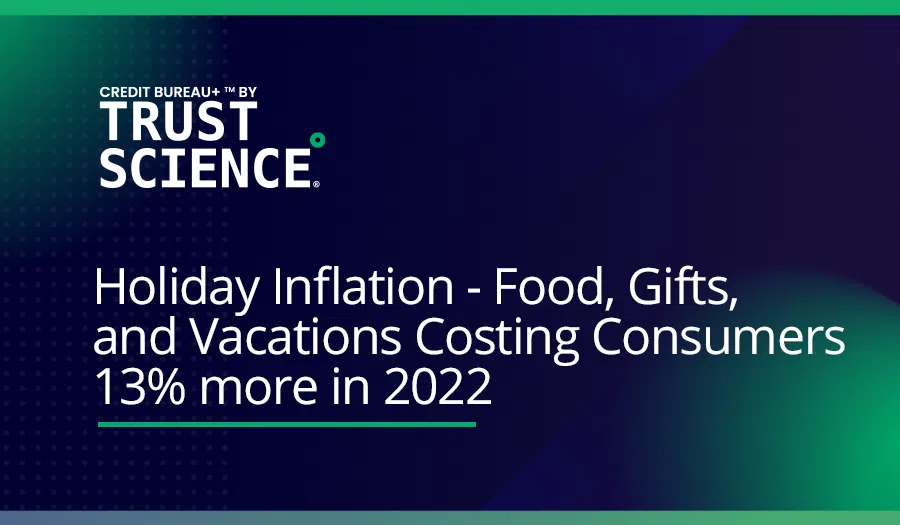-
define key business objectives around scoring credit for existing and new customers
-
assess what if any data you might be missing
-
consider how AI and ML can help you build a credit scoring model that meets your business objectives
To that end, I’ll review aspects of what comprises:
-
the right data
-
useful credit scores
-
the importance of defining success to your credit score model algorithm
And in the second of the two-part blog series, I’ll also provide insights on:
-
how much data is enough data to build a credit scoring model
-
how you can build credit scores for thin files and no file consumers
-
the importance of AI and ML
-
credit scoring model validation
It’s all about the right data
First off, it doesn’t matter what type of credit scoring system you have, if you don’t have the right data. You need relevant, practically useful data. No amount of modern artificial intelligence or machine learning (AI/ML) algorithm can make up for poorly collected or incomplete borrowers’ data.
At Trust Science, we don’t only use state-of-the-art AI and machine learning algorithms but we also take great pride in the variety and types of data we provide. We use consented traditional and alternative data to appraise the creditworthiness of consumers thereby helping lenders with their business needs. Using the right data, credit underwriters can:
-
identify creditworthy applicants
-
price credit at a rate that commiserates with applicants’ credit scores and optimize credit capacity of clients and applicants.
The focus of this post is not to describe fair, accountable, transparent and explainable credit scores that we deliver to clients. The focus of this post is to help companies understand the types of data they should be collecting on applicants to develop predictable credit scoring models. And ultimately improve their company’s approval rate and bottom line.
Useful Credit Scores
A credit score reflects the likelihood of a consumer to meet their credit payment obligations. A credit score is traditionally based on credit history and financial transaction records. Multiple risks are considered in deciding if a loan application should be approved, for example:
-
what loan amount should be approved
-
what the loan term or the interest rate should be
-
if a loan applicant would be a repeat customer
-
if an applicant would repay their loan regardless of missing out on their payment schedule.
A useful credit scoring or credit rating system should be flexible enough to address any aspect of risk that a credit underwriter or lender has determined will be strategic for their business. And underpinning any useful credit score, is the right data, relevant data for the lender’s business.
Correspondingly, at Trust Science, we acquire data that is relevant to building flexible and customizable credit rating scores and solutions. Furthermore, we validate the credit scores to ensure it meets our clients’ requirements and certify the solution to assure it complies with regulations such as the Equal Credit Opportunity Act (ECOA) and the Fair Credit Reporting Act (FCRA). We also ask for data that will be available at credit decisioning to ensure smooth model deployment in the production environment.
Need the right credit scoring algorithms? You need to define success first
The importance of defining success is overlooked when building credit score model algorithms. The first step is for a credit underwriter to define their strategic business priorities, then you can build the credit score model algorithm with the right data.
The data required to identify the status of each consumer can be determined within the context of the risk being considered, e.g. do you want to reduce your default rate? Increase your approval rate? Get repeat consumers? etc.
In the case of a business that needs credit scoring algorithms to rate consumers’ propensity to repeat you might require historical loan data such as origination dates of their approved loans along with keys that uniquely identify approved loans and other data specific to the loans.
Conversely, if the focus is on the risk of a customer to default on a loan, you’d need the data required to create default status for each record in client data. And you’d want to label data records based on the business objective. Separately you’d need to ensure consented access to all data – tradeline and non-tradeline. This is essential for developing models that can fairly predict the rank of any applicant, and data on unapproved loan applications.
And by having distilled your business objectives you can not only build the predictable credit scoring algorithms but also track the performance of your credit scoring algorithms against your goals. This underscores the need to document decisions that go into defining the business objective.
At Trust Science, we transparently track credit scoring decisions and include them in our deliverables. We ensure a complete representation of an applicant’s risk profile, whether thin or no-file through consented data, proprietary data, and alternative data. Our performance reporting also demonstrates how our results compare to a client’s status quo and desired business goals. Further, we constantly monitor regulations within the finance and banking business environments and as such we encourage clients to collect and provide protected attributes of borrowers to help identify and remove any discriminatory bias in client data.
Our models are dynamic, they change based on your business and market.
Want to learn more? Contact us for a demo!
Stay tuned for part 2 in this two-part series where I’ll provide insights on:
-
how much data is enough data to build a credit scoring model
-
how you can build credit scores for thin files and no file consumers
-
the importance of AI and ML
-
credit scoring model validation






